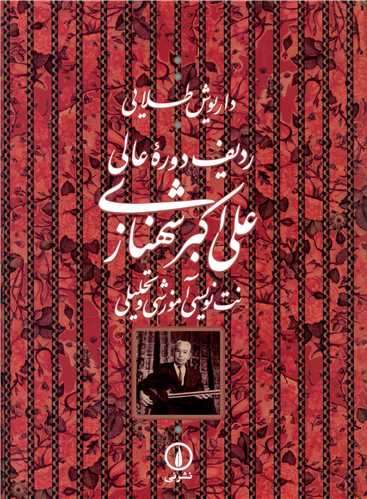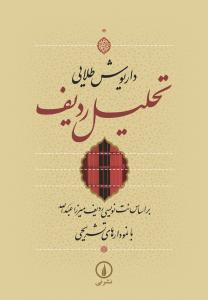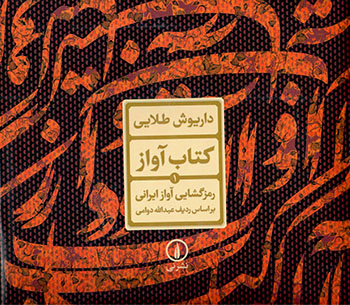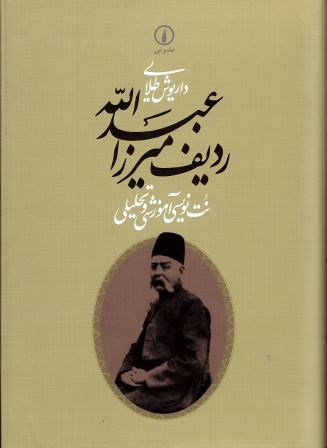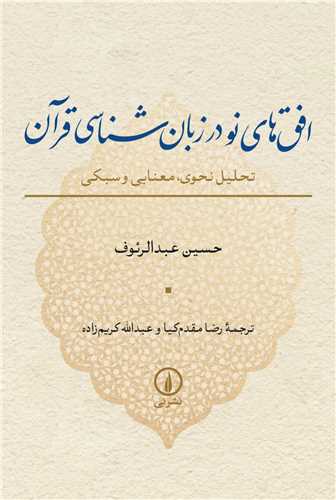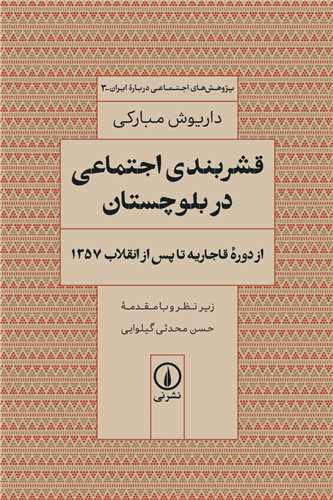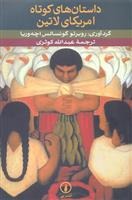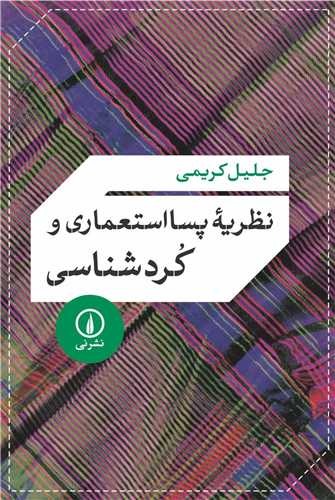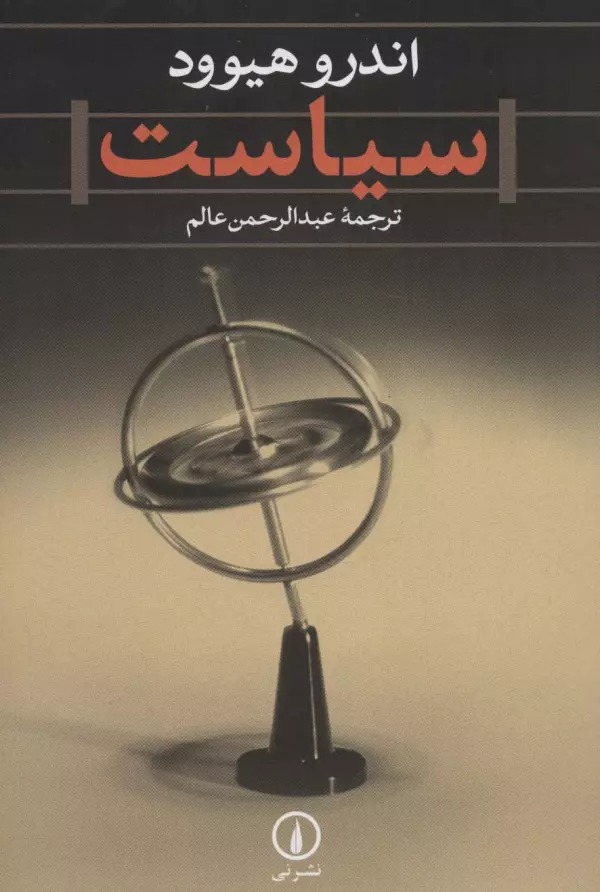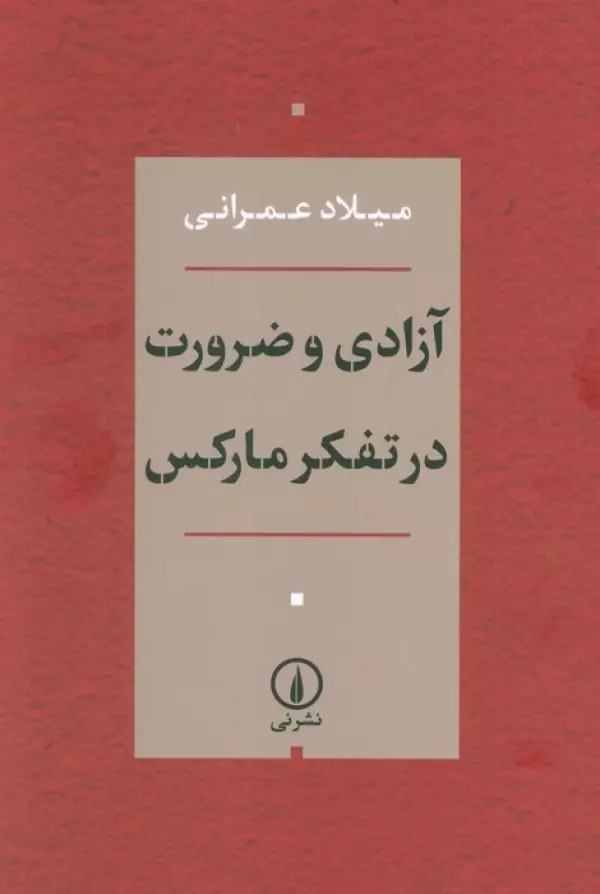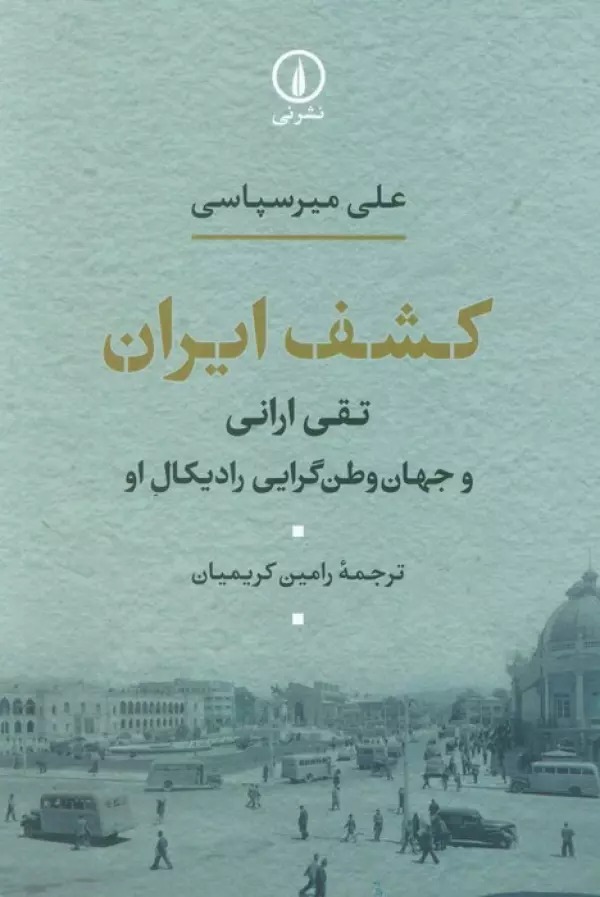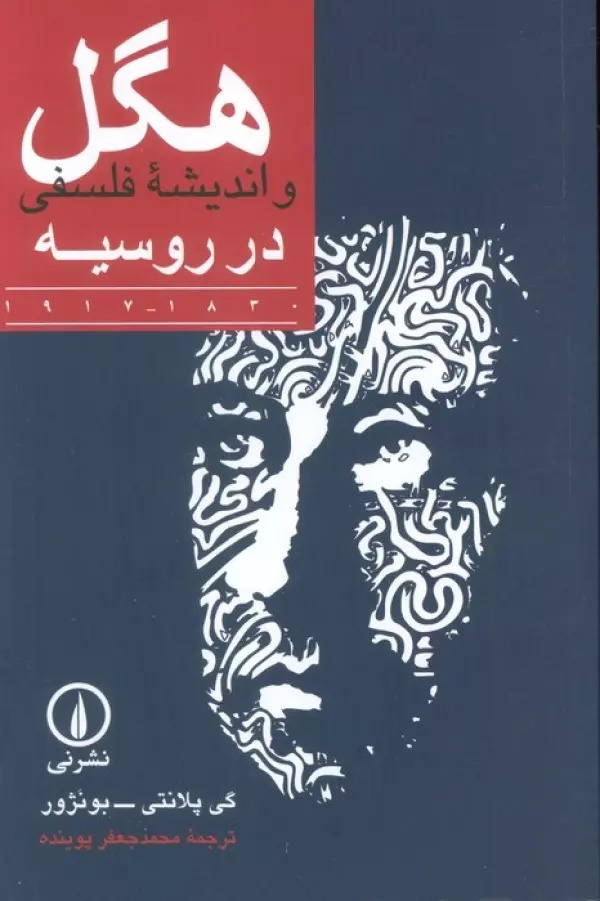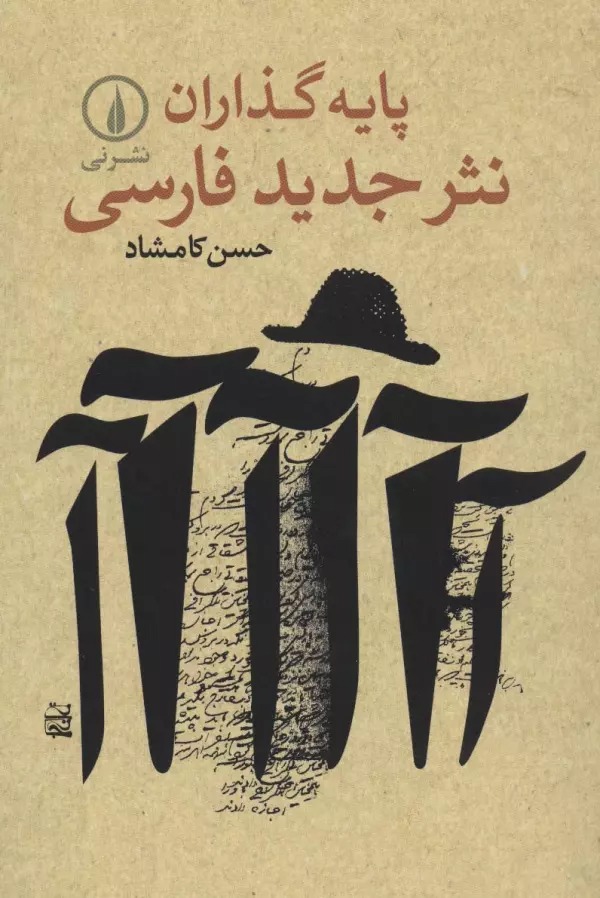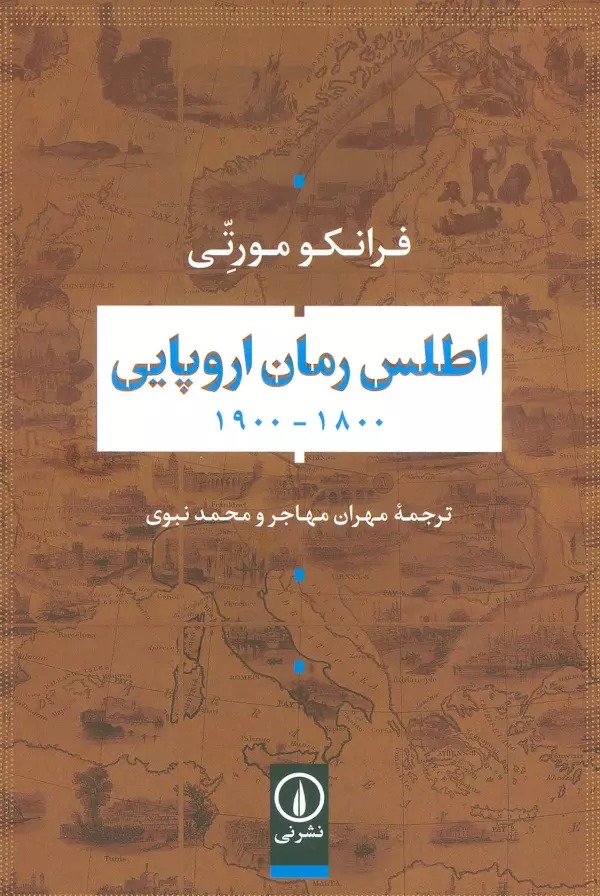Radīf-i Dawrah-yi 'Ālī 'Alī'akbar Shahnāzī: Nut'nivīsī-yi Āmuzishī va Taḥlīlī: Persiska (Farsi) 1400
ردیف دوره عالی علیاکبر شهنازی: نتنویسی آموزشی و تحلیلی
24,04 $
Dela
Wishlist
Originaltitel:
ردیف دوره عالی علیاکبر شهنازی: نتنویسی آموزشی و تحلیلی
ISBN:
9789641855958
Förlag:
Nashr-i niy
Åldersgrupp:
Vuxen
Sidor:
298
Vikt:
1016 g
Produktmått:
23 x 29 x 3
,
5 cm
Bokomslag:
Inbunden
Since the arrival of the Western notation method in Iran and its use to write down Iranian music, various stages have been passed until accepting and understanding that notation and its rules are not heavenly and eternal laws, but a system for writing musical thoughts and techniques. Musicians are the goal of recording and transferring them. This book is written in the educational and analytical notation method, the same method that was used by the author many years ago to write Mirza Abdullah's row. Here are the additions and multiplications and many subtle points in decorations etc., in particular, four sources have been used: 1. The author's learnings from direct instruction from Shahnazi master 2. The tape left over from Shahnazi's performance from this row, 3. Habibullah Salehi's musical score, 4. Notation by Farhad Arzhengi
While Ali Akbar Shahnazi continued his father's tradition of preserving and perpetuating the oral heritage of Iranian music and teaching side by side, he developed his educational repertoire in line with the developments of the day towards modernity and preserving the original characteristics of Iranian music. He called this new repertoire in contrast to his father's row - which he called the classical row - "the row of the great period". In this row, the rabbi pieces - actually a new type of four multiples - have increased and made it more diverse than other rows. Made In the vocal parts of the high level, the main corners or the king corners are selected, and sometimes corners with a specific melodic theme or prosaic weight are mentioned.
more
از زمان ورود روش نت نویسی غربی به ایران و استفاده از آن برای مکتوب کردن موسیقی ایرانی،مراحل مختلفی طی شده است تا پذیرفتن و درک این که نت نویسی و قواعد آن،قوانین آسمانی و ابدی نیستند،بلکه سیستمی برای نوشتن تفکرات موسیقایی و فنون نوازندگی ا هدف ثبت و انتقال آنها هستند. این کتاب به روش نت نویسی آموزشی و تحلیلی نوشته شده است؛همان روشی که سال ها پیش توسط مولف ابداع و برای نگارش ردیف میرزا عبدالله به کار گرفته شد.در نگارش این ردیف از لحاظ ترتیب و نظم گوشه ها و جملات و حالات و زمانبندی هاو انگشن گذاری ها و مضراب گذاری ها و بسیاری نکات ظریف در تزئینات و غیره،به طور اخص،از جهار منبع استفاده شده است:1. آموخته های مولف از آموزش مستقیم از استاد شهنازی 2. نوار به جا مانده از اجرای استاد شهنازی از این ردیف،3.نت نویسی حبیب الله صالحی،4. نت نویسی فرهاد ارژنگی
علی اکبر شهنازی ضمن آن که سنت پدر را در حفظ و تداوم میراث شفاهی موسیقی ایرانی و آموزش سینه به سینه ردیف ادامه داد،رپراتور آموزشی اش را همگام با تحولات روز به سوی مدرنیته و با حفظ خصوصیات اصیل موسیقی ایرانی روزامد ساخت. او این رپرتوار جدید را در مقابل ردیف پدرش - که به آن ردیف کلاسیک می گفت-«ردیف دوره عالی» نامید.در این ردیف،قطعات ضزبی-در واقع نوع جدید چهار مضراب- بیشتر شده و آن را از دیگر ردیف ها متنوع تر ساخته است. در بخش های آوازی ردیف عالی نیز گوشه های اصلی یا شاه گوشه ها انتخاب شده و گه گاه به گوشه هایی با تم ملودیک یا وزن عروضی مشخص اشاره می شود.
more

